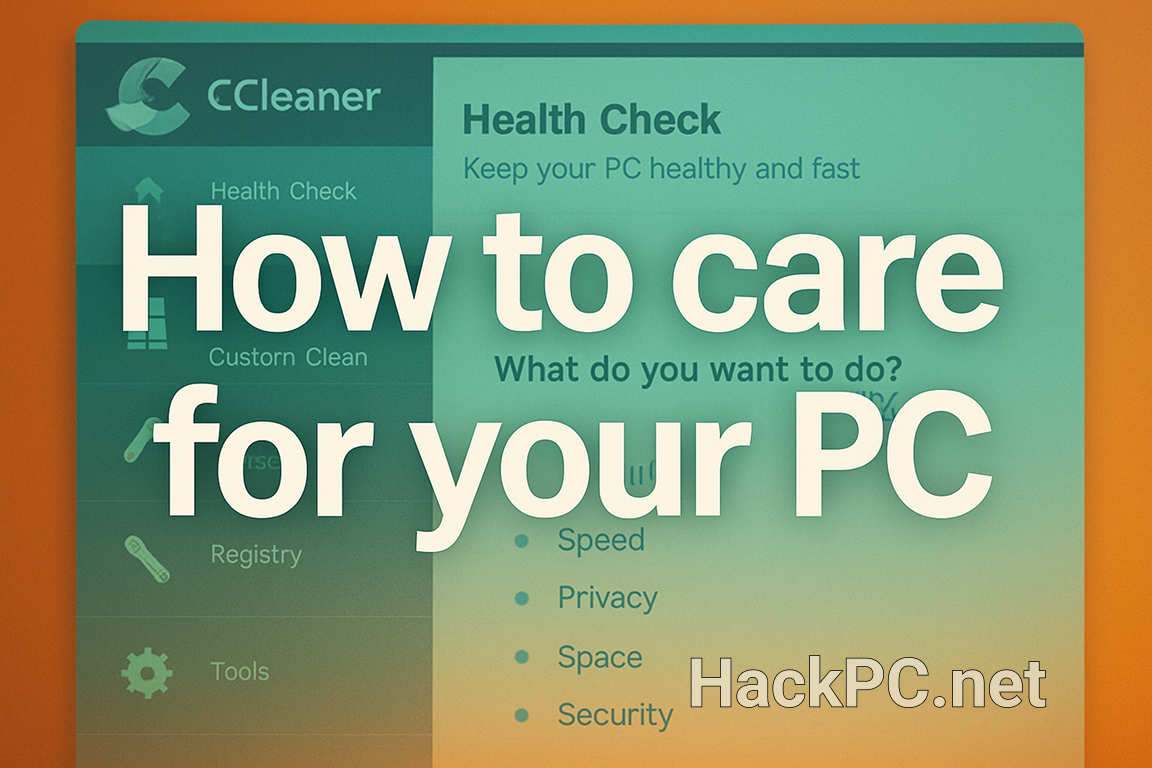
Introduction: Mastering Location-Independent Work with Trello
The rise of remote work has transformed how professionals approach their careers, with over 77% of U.S. workers reporting increased productivity when working remotely. Whether you’re a seasoned digital nomad bouncing between coworking spaces in Bali, a remote employee managing projects from European cafes, or a freelancer balancing client work while exploring new destinations, Trello emerges as an indispensable tool for maintaining productivity across time zones and continents.
This comprehensive guide explores how to leverage Trello’s robust features for seamless remote work productivity, effective team collaboration, and maintaining work-life balance while traveling. From essential board configurations to advanced automation workflows, you’ll discover practical strategies that transform scattered tasks into organized, achievable goals—regardless of your geographical location.
Understanding Trello’s Core Architecture for Mobile Productivity
The Visual Workspace Foundation
Trello’s Kanban board system provides an intuitive visual framework that adapts perfectly to the dynamic nature of travel-based work. Unlike traditional project management tools that require extensive setup, Trello’s drag-and-drop interface allows you to organize tasks instantly, whether you’re using a laptop in a coworking space or your smartphone during transit.
The platform’s board-list-card hierarchy creates a flexible structure that accommodates various workflow methodologies. Each board represents a project or life area, lists define workflow stages or categories, and cards contain individual tasks with rich details including checklists, due dates, attachments, and team member assignments.
Cloud-Based Synchronization Across Devices
Trello’s cloud-only architecture ensures seamless access via web browsers, desktop applications, and mobile apps, eliminating the friction of device-dependent work. This multi-platform accessibility becomes crucial when traveling, as you can capture ideas on your phone, elaborate on them using your tablet at a cafe, and execute detailed work on your laptop—all while maintaining perfect synchronization.
Essential Trello Setup for Digital Nomads and Remote Workers
Creating Your Travel-Optimized Workspace Structure
1. Personal Dashboard Board Design a central hub that aggregates your most critical information:
- Current location and time zone
- Weekly priorities and focus areas
- Important deadlines across all projects
- Travel logistics and documentation
- Health and wellness reminders
2. Client/Project Management Boards Implement standardized templates for consistency:
- Backlog → In Progress → Review → Completed workflow
- Custom labels for priority levels and project phases
- Automated due date reminders
- Client communication logs
3. Travel Planning and Logistics Board Organize your nomadic lifestyle efficiently:
- Accommodation research and bookings
- Transportation schedules and tickets
- Visa requirements and documentation
- Local resources and recommendations
- Emergency contacts and procedures
Leveraging Power-Ups for Enhanced Functionality
Power-Ups bridge the gap between Trello and other essential tools, adding functionality to boards and cards for increased efficiency. Critical Power-Ups for remote workers include:
Calendar Integration Sync with Google Calendar or Outlook to visualize deadlines alongside meetings and personal commitments. The new Trello Planner feature allows you to drag and drop tasks directly onto your calendar to create focused time slots.
Time Tracking Solutions Integrate Toggl or Clockify to monitor billable hours directly from Trello cards, essential for freelancers managing multiple client projects.
Communication Platforms Connect Slack, Microsoft Teams, or Discord to receive notifications and create cards from conversations, maintaining context across communication channels.
Automation Strategies with Butler for Maximum Efficiency
Rule-Based Workflow Automation
Butler automation transforms repetitive tasks into automated workflows, allowing you to focus on high-value work rather than administrative overhead. Essential automations for travelers include:
Daily Standup Automation
- Create daily task cards at specified times (adjusted for your current time zone)
- Move incomplete tasks to the next day automatically
- Archive completed cards after weekly reviews
Client Communication Triggers
- Automatically notify team members when cards enter review stages
- Send weekly progress summaries to stakeholders
- Create follow-up cards based on due date proximities
Project Template Deployment
- Instantiate complete project structures from templates
- Pre-populate checklists based on project types
- Assign team members according to predefined roles
Custom Button Commands for Quick Actions
Design one-click solutions for common scenarios:
- “Start Deep Work Session”: Moves selected cards to “In Progress,” starts timer, updates status
- “End of Day Cleanup”: Archives completed cards, creates tomorrow’s priorities, generates daily summary
- “Client Update”: Compiles progress across boards, formats update email, logs communication
Time Zone Management and Asynchronous Collaboration
Implementing Asynchronous Communication Protocols
Successful remote teams develop shared context through consistent tool usage and clear communication practices. Establish protocols that accommodate time zone differences:
Card Comment Etiquette
- Include timezone-aware timestamps in updates
- Use @mentions judiciously to avoid notification overload
- Provide comprehensive context in initial comments
- Utilize threading for topic-specific discussions
Due Date Best Practices
- Set deadlines in recipient’s local time
- Build buffer time for asynchronous review cycles
- Use color-coded labels to indicate urgency levels
- Create “handoff” cards for timezone-based work transitions
World Clock Integration and Scheduling
Tools like World Time Buddy help coordinate meetings and deadlines across multiple time zones. Integrate timezone awareness into your Trello workflow:
- Add timezone widgets to board descriptions
- Include meeting times in multiple zones on calendar cards
- Create timezone-specific lists for distributed team tasks
- Use custom fields to display local times for team members
Mobile Optimization for Work on the Go
Configuring Trello Mobile for Maximum Productivity
The mobile experience requires intentional optimization for efficiency:
Offline Capability Planning
- Download boards for offline access before traveling
- Queue card updates for synchronization when connected
- Maintain local backup of critical information
Quick Capture Workflows Capture to-dos using voice commands with Siri or type directly from the app home screen, ensuring no idea or task gets lost during travel.
Mobile-Specific Board Views
- Simplify board layouts for smaller screens
- Prioritize essential information visibility
- Use card covers for visual identification
- Enable swipe gestures for rapid task management
Advanced Productivity Techniques for Location Independence
The Pomodoro Technique Integration
The Pomorello Power-Up brings a Pomodoro timer directly into your Trello board, helping you maintain focus through 25-minute work sessions followed by 5-minute breaks. This technique proves especially valuable when working from distracting environments like busy cafes or shared accommodations.
Card Mirroring for Multi-Context Tasks
Mirror cards across multiple boards to track tasks that span different projects or life areas, with changes reflected everywhere automatically. This feature eliminates duplicate data entry and ensures consistency across your entire workspace.
AI-Powered Task Management
Trello’s AI capabilities extract due dates, action items, and priorities from raw text, streamlining task creation from emails, meeting notes, or voice recordings—perfect for capturing information while traveling.
Building Sustainable Remote Work Habits
Establishing Boundaries in Unlimited Environments
Working while traveling presents unique challenges in maintaining work-life balance. Implement these Trello-based strategies:
Time Blocking with Calendar View
- Designate specific hours for deep work
- Schedule exploration and leisure activities
- Block time for timezone-adjusted meetings
- Create recurring self-care reminders
Energy Management Tracking
- Log energy levels throughout the day
- Identify optimal work hours in new locations
- Track productivity patterns across environments
- Adjust schedules based on data insights
Creating Accountability Systems
Weekly Review Rituals
- Archive completed cards every Friday
- Analyze productivity metrics and patterns
- Adjust upcoming week’s priorities
- Celebrate achievements and milestones
Peer Accountability Partnerships
- Share progress boards with accountability partners
- Schedule regular check-ins via video calls
- Provide mutual support and feedback
- Celebrate collective wins
Troubleshooting Common Travel-Work Challenges
Connectivity Issues and Offline Strategies
Prepare for unreliable internet access:
- Maintain offline-accessible documentation
- Queue non-urgent updates for batch synchronization
- Prioritize lightweight, text-based communication
- Develop contingency plans for critical deadlines
Cognitive Overload Management
Digital nomads often struggle with managing numerous tasks while adapting to new environments. Combat overwhelm through:
- Limiting work-in-progress items
- Using visual cues for priority identification
- Implementing daily task limits
- Creating “parking lot” lists for non-urgent ideas
Integration with Complementary Digital Nomad Tools
Essential Tool Ecosystem
While Trello serves as your central hub, integrate these complementary tools:
Communication and Collaboration
- Slack for real-time team chat
- Zoom for video conferences
- Loom for asynchronous video updates
- Notion for knowledge management
Productivity and Focus
- Brain.fm for concentration-enhancing music designed to achieve ideal mental states
- Forest for phone-free focus sessions
- RescueTime for productivity tracking
- F.lux to adjust screen colors based on time of day, supporting healthy sleep patterns
Travel and Logistics
- TripIt for itinerary management
- XE Currency for real-time conversions
- Google Maps offline downloads
- Airalo for international eSIM data
Security and Privacy Considerations
Protecting Your Digital Workspace While Traveling
Implement robust security measures:
- Enable two-factor authentication on all accounts
- Use VPN connections on public WiFi networks
- Regularly audit board access permissions
- Maintain encrypted backups of critical data
- Review and revoke unnecessary integrations
Scaling Your Trello System for Growth
From Solo Freelancer to Remote Team Leader
As your remote work evolves, adapt your Trello setup:
Team Onboarding Processes
- Create comprehensive onboarding boards
- Document standard operating procedures
- Establish role-based access controls
- Implement progressive disclosure of complexity
Performance Tracking and Reporting
- Use tools like Screenful to generate visual dashboards and track progress with burndown charts
- Monitor team velocity and capacity
- Generate automated client reports
- Analyze productivity trends over time
Future-Proofing Your Remote Work System
Emerging Trends and Adaptations
Stay ahead of remote work evolution:
- Embrace AI-assisted task prioritization
- Explore virtual reality collaboration spaces
- Implement blockchain-based project verification
- Adopt sustainable digital nomad practices
Conclusion: Your Journey to Location-Independent Success
Mastering Trello for remote work while traveling isn’t just about organizing tasks—it’s about creating a sustainable system that adapts to your changing environment while maintaining professional excellence. By developing these disciplines and treating remote work with appropriate respect and thoughtfulness, you position yourself for long-term success in the location-independent economy.
The strategies outlined in this guide provide a robust framework for managing complex projects, collaborating across time zones, and maintaining work-life balance while exploring the world. Whether you’re taking your first steps into remote work or optimizing years of digital nomad experience, Trello’s flexibility and power grow with your needs.
Start implementing these techniques gradually, customize them to your unique workflow, and remember that the perfect system is one that consistently evolves with your journey. The freedom to work from anywhere isn’t just a privilege—it’s a skill that, once mastered with the right tools like Trello, opens unlimited possibilities for both professional growth and personal adventure.



Comments (0)